Moving to Canada can be an exciting yet daunting endeavor. Whether you are relocating for work, study, or simply seeking new opportunities, preparing yourself with the right skills set can significantly ease the transition and enhance your chances of success in your new home. Discover the essential skills you need to thrive in Canada with a comprehensive guide to the top 15 skills to learn before you move.
1. DRIVING
Driving is the act of operating a motor vehicle, such as a car, truck, motorcycle, or bus, on public roads or highways. Driving involves controlling the vehicle’s speed, direction, and movement in accordance with traffic laws and safety regulations. It requires a combination of physical skills, cognitive abilities, and knowledge of road rules and safety regulations.

Driving may be done for various purposes, including commuting to work, running errands, travelling for leisure, or transporting goods. It is a common and important aspect of daily life for many people around the world.
Requirements
- Driver’s License: Before driving, individuals need to obtain a driver’s license from relevant authority. this involves passing both written and practical tests to demonstrate knowledge of traffic laws, road signs, and safety driving practice.
- Vehicle Operation: Drivers must understand how to operate the vehicle they are driving, including starting, accelerating, braking, turning, and parking safely.
- Traffic Laws and Regulations: drivers must follow traffic laws and regulation set by local authorities.
- Safety Precautions: Drivers must adhere to safety precautions like wearing of seat belt, ensuring all passengers are properly restrained, and using child safety seats when transporting children.
- Defense Driving: This technique helps drivers anticipate and react to potential hazards on the road, reducing the risk of accidents.
- Driving Etiquette: Courteous driving behaviour fosters safer roads and positive interactions between drivers. This includes using turn signals, yielding to pedestrians, allowing other drivers to merge or change lanes.
2. WELDING
Welding is a fabrication process that involves joining materials, typically metals, together by melting the materials and then allowing them to cool, causing fusion. Welding is widely used in manufacturing, construction, automotive, aerospace, and many other industries to fabricate and repair metal structures, components, and products.
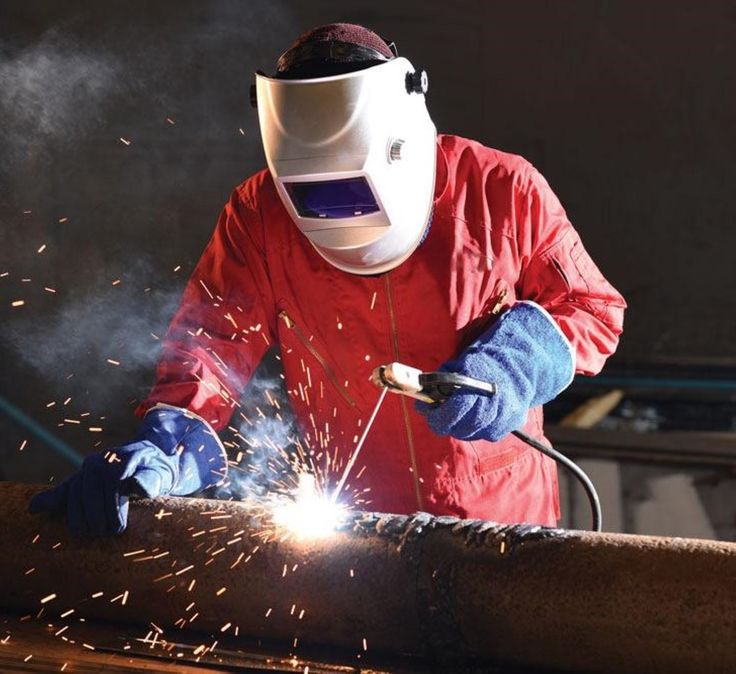
Welding equipment varies depending on the welding method being used. common welding equipment include welding machines, electrodes, torches, gas cylinders, and protective gears such as welding helmets, gloves, and goggles.
Requirements
- Training: Many welding positions require some level of formal training or education. Get basic training in welding, either through a school program or on-the-job training.
- Safety: Safety is paramount is welding due to the hazards associated with high temperatures, electric currents, fumes, and UV radiation. Learn how to weld safely, including wearing protective gear kike helmets and gloves.
- Certification: Some jobs may require certification to prove you can weld effectively. Certification may be obtained through accredited organizations or industry associations and may typically involves passing written and practically tests.
- Physical Fitness: Welding can be physically demanding, so being in good shape helps. Good physical fitness and stamina are essential for performing welding tasks effectively and safely.
- Experience: While not always needed, having some welding experience can make it easier to find a job. Entry level positions may be available for those with little or no experience, with opportunities for on-the-job training and skill development.
3. HAIRSTYLING
Hairstyling is the act and practice of cutting, shaping, coloring, and arranging hair to create a desired look or style. It consists of a wide range of techniques and styles, from everyday looks to elaborate updos and intricate braids.
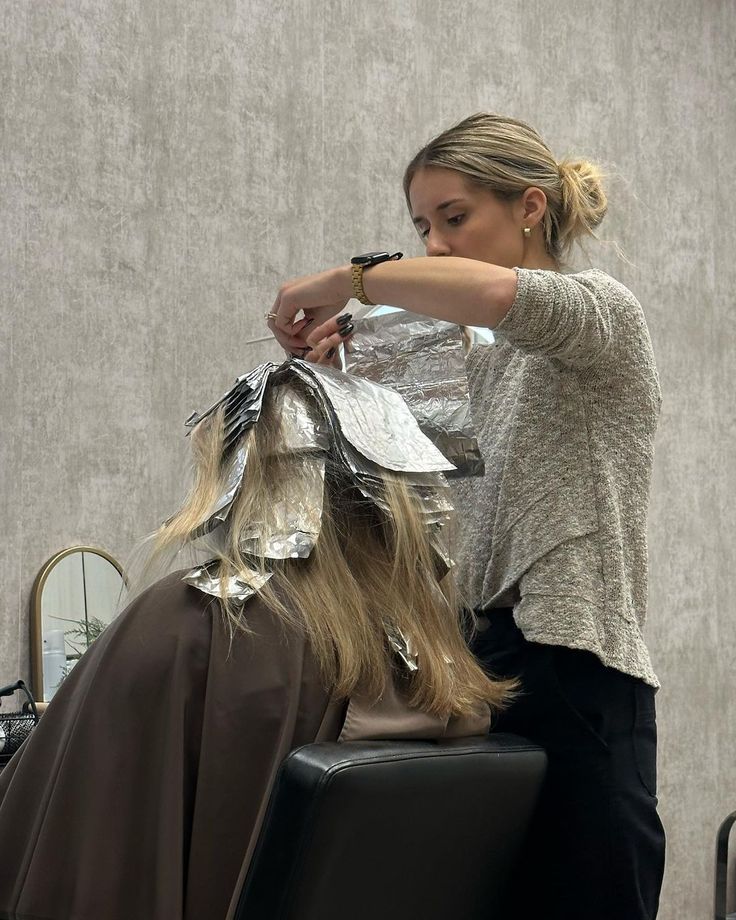
Hairstylists, also known as hairdresser or cosmetologists, use their skills and creativity to transform hair, enhancing its appearance and texture according to the preferences of their clients.
Requirements
- Education and Training: Completion of a cosmetology program from an accredited school or institution. You can learn hairstyling at a beauty school or through on-the-job training.
- Licensing: Obtain a state or provincial license to practice hairstyling.
- Skills: Develop skills in cutting, coloring. and hairstyling. practice techniques like using scissors, coloring hair, and using styling tools.
- Creativity: Be creative and artistic in creating different hairstyles and looks for clients.
- professionalism: Maintain a professional appearance and work ethic when interacting with clients and colleagues.
4. PLUMBING
Plumbing is a system of pipes, fixtures, and fittings installed in buildings to distribute and remove water, as well as to manage wastes and sewages. It encompasses a wide range of tasks related to the installation, repair, and maintenance of plumbing systems in residential, commercial, and industrial settings.
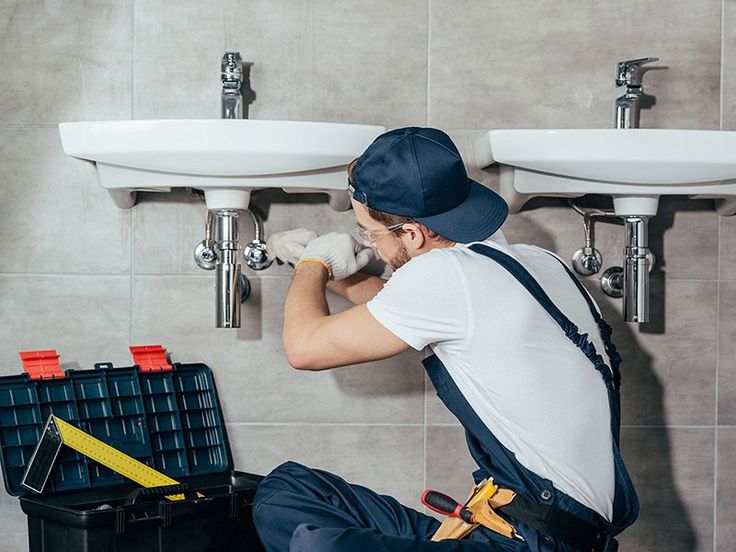
It plays a crucial role in ensuring public health, sanitation, and comfort by providing access to clean water and proper wastewater disposal in buildings and communities.
Requirements
- Education and Training: Many plumbers undergo formal training through vocational or technical schools, community colleges, or apprenticeship programs.
- Apprenticeship: Most plumbers begin their careers as apprenticeship, working under the supervision of experienced plumbers to gain hands-on experience and learn the trade.
- Licensing: Plumbers are required to obtain a license to work in most jurisdiction.
- Skills: Plumbers need strong problem-solving skills, manual dexterity, and mechanical aptitude to troubleshoot issues, perform repairs, and install plumbing systems effectively.
- Physical Fitness: Good physical fitness and stamina are important for performing plumbing tasks safely and efficiently.
5. ELECTRICAL INSTALLATION
Electric installation is the process of installing electrical systems, wiring, and equipment in buildings or structures to provide power, lighting, and other electrical services. It consists of various components and tasks involved in setting up electrical systems safely and efficiently.
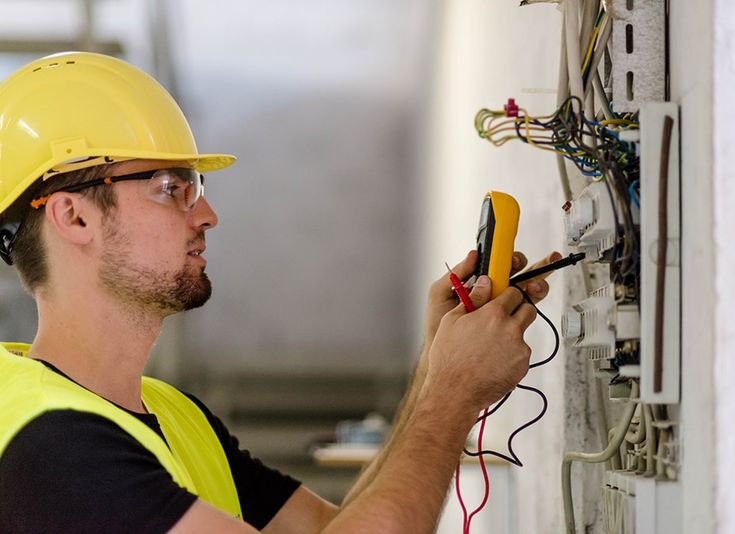
Electrical installation involves the design, wiring, installation, testing, and maintenance of electrical systems to ensure they operate safely, effectively, and in compliance with electrical codes and regulations.
Requirements
- Apprenticeship: Some electricians begin their careers as apprentices, working under an experienced electrician to gain hands-on experiences.
- Licensing and Certification: Licensing and certification from professional organizations may also be needed to demonstrate proficiency in specific areas of electrical work.
- Knowledge: Electricians must have a solid understanding of electrical principles, codes, and regulations governing electrical installations.
- Communication Skills: They must have good communication skills to interact with clients and colleagues.
- Professionalism: Electricians should demonstrate professionalism, integrity, and reliability in their work.
6. PROGRAMMING
Programming is the process of writing instructions for a computer to perform specific tasks or functions. These instructions are written in programming languages, which are designed to be understood by both humans and computers. Programming is a versatile skill that is in high demand across industries, from technology and finance to healthcare and entertainment.
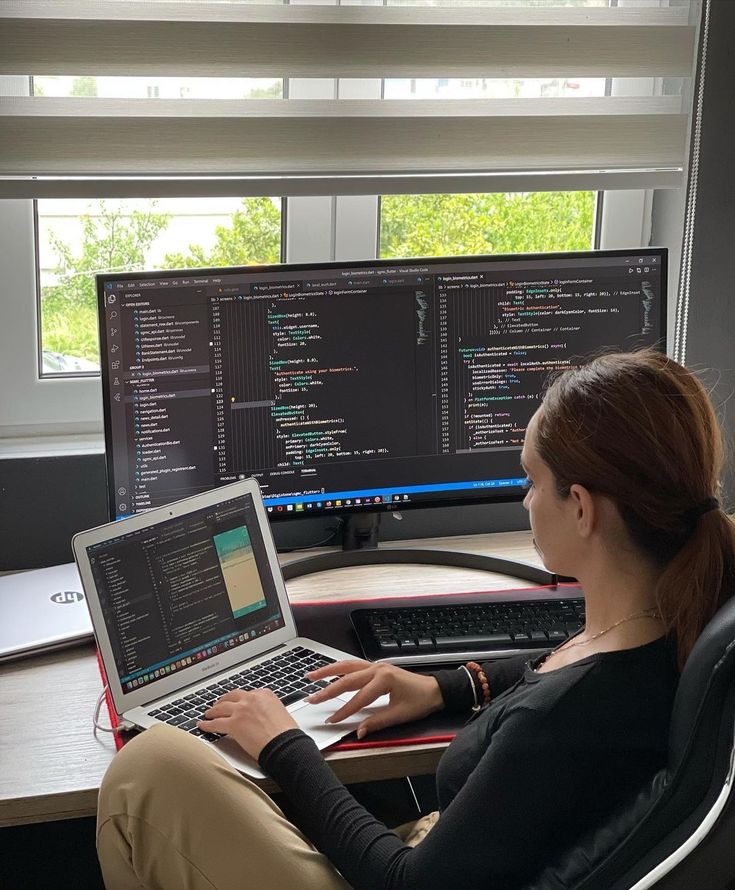
Learning to code opens up opportunities for problem-solving, creativity, and innovation in the digital world. Programmers use programming languages to develop software applications, websites, mobile apps, games, and other digital tools.
Requirements
Education: While a degree in computer science or related field helps, it’s not always necessary. you can learn programming through online courses, bootcamps, or self-study.
Skills: You need to know programming languages like python, Java, or JavaScript. Being good at problem-solving and paying attention to details is also important.
Commuinication: You should be able to explain technical stuff clearly and work well with others.
Continuous Learning: Keep learning new things because technology changes fast. Build projects to show off your skills.
Certifications: Some jobs might ask for certifications, but not always needed. It can be a bonus to show you know your work.
7. COOKING AND CULINARY ARTS
Culinary arts refer to the art and science of preparing, cooking, and presenting food. It is not only a profession but also a form of creative expression that allows chefs to showcase their passion for food and cooking. Culinary artists, also known as a chef or cook, possess a deep understanding of cooking techniques, flavor combinations, and ingredient properties.
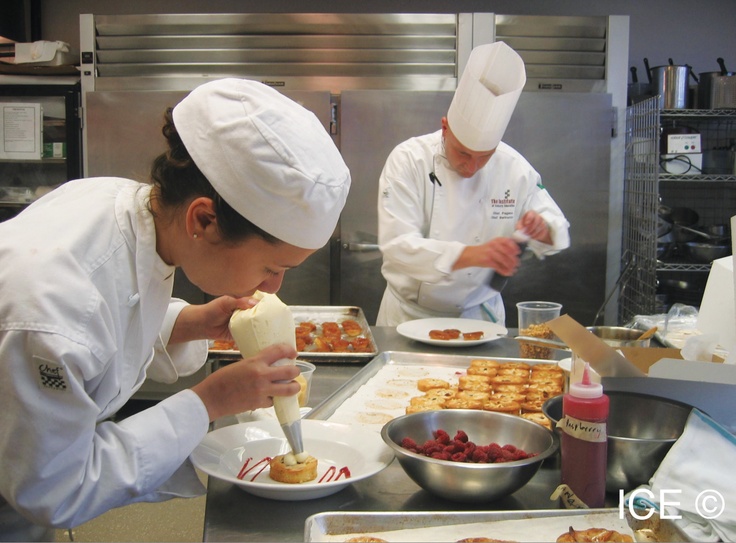
They create delicious and visually appealing dishes that delight diners and showcase their culinary skills and creativity.
Requirements
- Education: You can learn cooking at culinary school or on-the-job.
- Experience: Work in kitchens to learn skills and gain more experience. Start at entry-level positions like line cooking or kitchen assistant.
- Food Safety: Many employers require chefs to obtain food safety certification to show you know how to handle food safely.
- Physical Stamina: Good physical stamina and endurance are important for success in the culinary industry so be prepared for long hours on your feet in hot and busy kitchens.
- Creativity and Passion: Culinary arts is a creative field that requires passion for food and cooking. chefs should have a strong interest in experimenting with ingredients, flavors, and techniques to create innovative and delicious dishes.
8. FURNITURE MAKING
Furniture making is the craft of creating functional and decorative objects for domestic or commercial use, typically from wood but also utilizing other materials such as metals, glass, or plastics. it involves various processes including design, woodworking, joinery, finishing, and upholstery.

Furniture making is a rewarding craft that combines creativity, craftsmanship, and practical skills. Whether you are a hobbyist or a professional furniture maker, there are endless opportunities to create beautiful and functional pieces that bring joy and utility to people’s lives.
Requirements
- Design Skills: Ability to conceptualize and create designs for furniture pieces that are functional, aesthetically pleasing, and meet the needs of the user.
- Woodworking Skills: Proficiency in working with wood, including cutting, shaping, and joining techniques such as sawing, planing, routing, and dovetailing.
- Joinery Techniques: Familiarity with various joinery techniques including mortise and tenon, dovetail, and dowel to create strong and durable connections between wood pieces.
- Creativity and Innovations: Willingness to experiment with new techniques, materials, and designs to create unique and innovation furniture pieces.
- Attention to Details: A keen eye fo details and precision to ensure that furniture pieces are well-crafted and free from defects.
9. MAKEUP ARTIST
Makeup artist is a professional skilled in the application of cosmetics to enhance the appearance of individuals, typically in the context of photography, film, television, theater, fashions, or special events such as weddings or formal occasions.
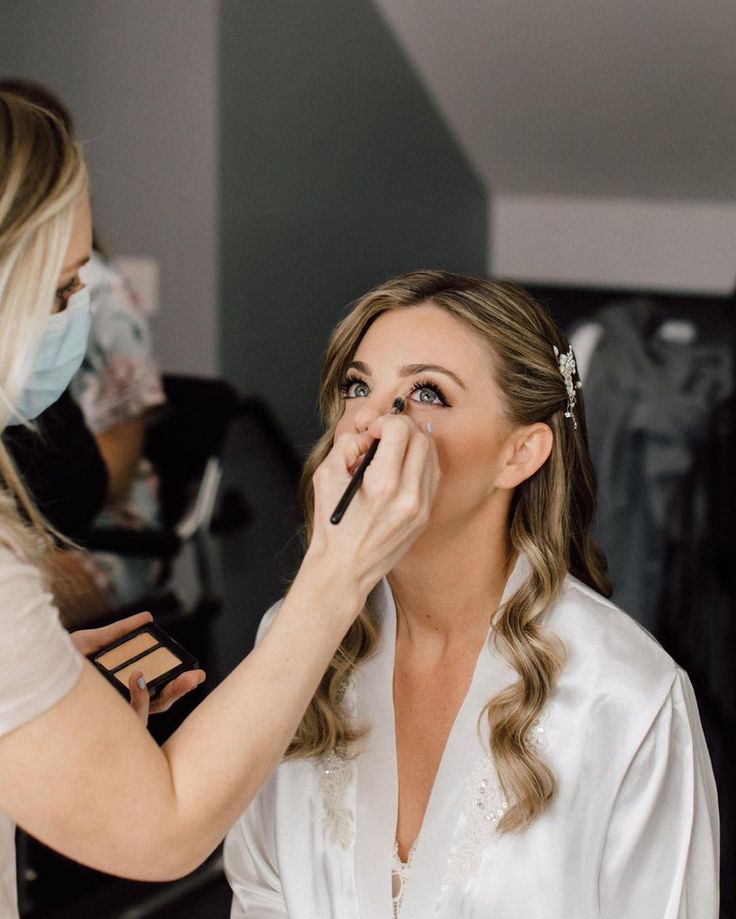
Being a makeup artist requires a combination of technical skills, creativity, professionalism, and business acumen. It can be a rewarding career for those passionate about beauty and helping others look and feel their best.
Requirements
- Training: Many makeup artists receive formal training from cosmetology schools, beauty academics, or specialized makeup artistry programs.
- Portfolio: Building a strong portfolio showcasing your work is crucial for attracting clients and securing job opportunities.
- Sanitation and Hygiene: Makeup artists must adhere to strict sanitation practices to ensure the safety and well-being of their clients.
- Professionalism: Maintaining a professional appearance is crucial for building trust with clients and establishing a successful career as a makeup artist.
- Knowledge of Products: Makeup artist must have a deep understanding of various cosmetics products.
10. GRAPHICS DESIGNING
Graphics designing is the art and practice of visual communications that involves creating visual content to convey messages or information. Graphics designers use typography, imagery, color, and layout techniques to create designs for various purposes, including branding, advertising, web design, publication design, packaging, and more.

Requirements
- Software Skills: Learn how to use graphics design software like adobe photoshop, illustrator, and InDesign to create designs for websites, logos, advertisement, and poster.
- Creativity: Develop a strong sense of creativity to come up with unique and visually appealing designs.
- Portfolio: Build a portfolio showcasing your best design work to demonstrate your skills to potential employers or clients.
- Color Theory: Learn about color theory and how to use colors effectively in designs.
- Layout Skills: Develop skills in layout design to arrange elements in a visually pleasing and effective way.
11. BARTENDING
Bartending is the profession of preparing and serving alcoholic and non-alcoholic beverages in bars, pubs, restaurants, clubs, and other establishments where drinks are served. It is a dynamic and social profession that requires creativity, multitasking, and the ability to work well under pressure.
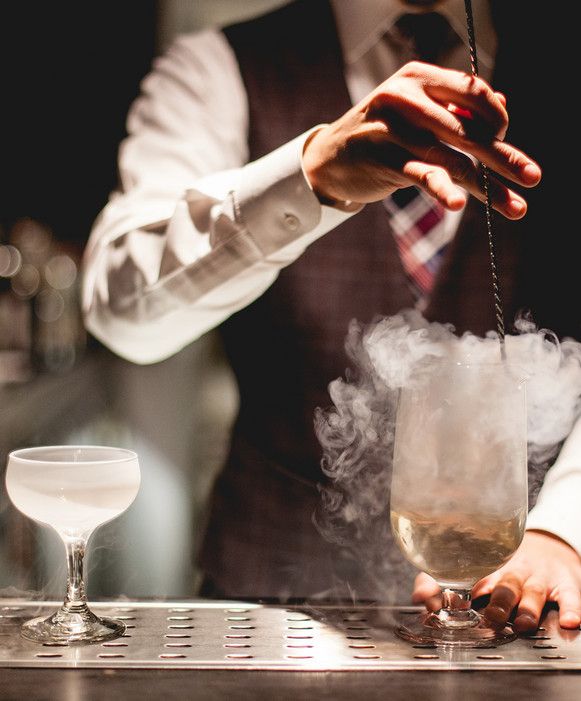
Bartending offers opportunities for advancement, including positions like head bartenders, bar managers, and beverage directors. Many bartenders develop their own signature cocktails or pursue careers in hospitality management or entrepreneurship.
Requirements
- Legal Drinking Age: Bartenders must be of legal drinking age in their jurisdiction, which is typically 18 or 21 years old depending on the location.
- Training: You can learn bartending through a short course or on-the-job training. These programs cover mixology, drink preparation, customer service, and responsible serving practices.
- Experience: Some places prefer experienced bartenders, but you can start with no experience and learn on the job.
- Knowledge of Beverages: Bartenders should have a good understanding of different types of alcoholic and non-alcoholic beverages, including spirits, wines, beers, and mixers. They should also be familiar with cocktail recipes, flavor profiles, and garnishing techniques.
- Responsible Serving Practices: Bartenders must adhere to responsible serving practices and comply with laws and regulations governing the sale and service of alcoholic beverages. This includes checking identification to verify the legal drinking age, monitoring patrons for signs of intoxication, and refusing service when necessary.
- Physical Ability: Bartending can be physically demanding, so be prepared to stand for long periods and lift heavy bottles.
- Legal Requirements: Bartenders may be required to obtain certifications or licenses, such as responsible beverage service (RBS) or alcohol server certification, depending on the jurisdiction.
12. FASHION DESIGNING
Fashion designing is the art and profession of designing clothing and accessories. It involves creating original designs, selecting fabrics and materials, and overseeing the production process to bring those designs to life. Fashion designers often stay updated on current trends, fabrics, and styles to create innovative and appealing clothing collections.
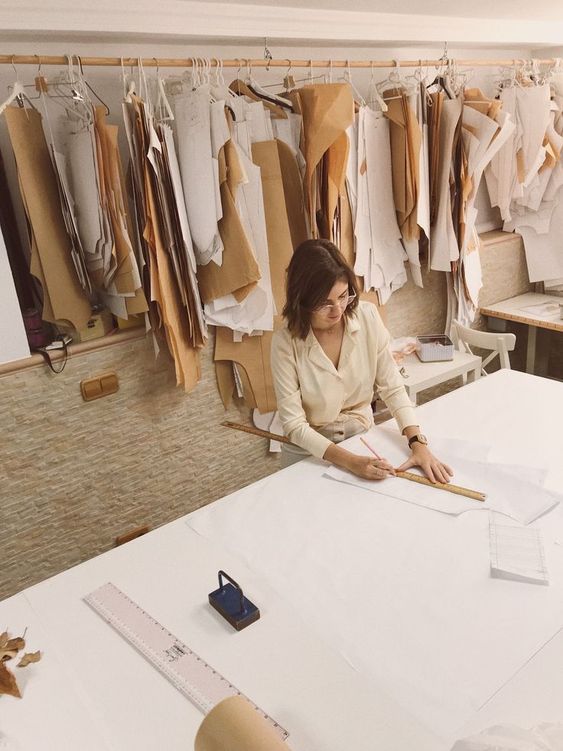
Fashion designers collaborate with various professionals in the fashion industry including patternmakers, garment technologists, merchandisers, and marketers to create unique designs.
Requirements
- Creativity: Fashion designers need to have a strong sense of creativity and imagination to come up with original and innovative designs that appeal to consumers.
- Fashion knowledge: They should have a deep understanding of fashion trends, textiles, colors, and garment construction techniques.
- Drawing and sketching skills: Proficiency in sketching and drawing is essential for visualizing design concepts and communicating ideas to team members and clients.
- Business and marketing skills: Fashion designers should have a good understanding of the business side of the industry, including market trends, consumer behavior, and marketing strategies.
- Time management and organization: Meeting deadlines and managing multiple projects simultaneously are common in the fashion industry, so effective time management and organizational skills are essential.
13. BEAUTY THERAPIST
Beauty therapy, also known as esthetics or cosmetology, is a profession focused on enhancing a person’s appearance through various cosmetic treatments and procedures. Beauty therapists provide a range of services aimed at improving the skin, hair, and overall well-being of their clients.
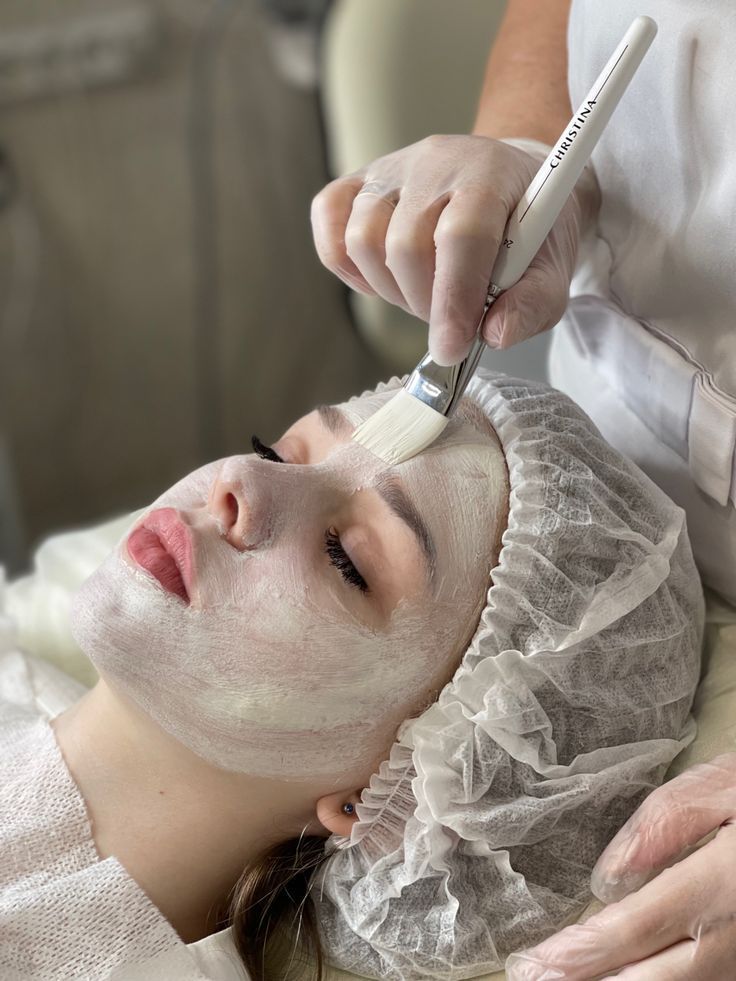
They may work in various settings, including beauty salons, spas, wellness centers, and medical aesthetics clinics. Beauty therapist often undergo formal training and certification programs to learn about skincare techniques, product knowledge, hygiene practices, and client consultation skills.
Requirements
- Education and Training: Complete a formal education program in beauty therapy or cosmetology from a recognized institution. This program typically covers topics such as skincare, makeup application, nail care, hair removal techniques, and client consultation skills.
- Licensing and Certification: Obtain any required licenses or certifications to practice as a beauty therapist in your area.
- Technical Skills: Develop proficiency in performing a variety of beauty treatments and procedures, including facials, waxing, manicures, pedicures, and makeup application. Practice and refine your techniques to ensure quality results for clients.
- Product Knowledge: Gain comprehensive knowledge of skincare products, makeup brands, nail care products, and other beauty-related products.
- Continuing Education: Stay updated on the latest trends, techniques, and advancements in the beauty industry through continuing education courses, workshops, seminars, and professional development opportunities.
14. SHOE MAKING AND REAPAIRS
Shoe making and repairs involve the craft of creating and repairing footwear, including shoes, boots, sandals, and other types of footwear. Shoemaking typically encompasses several processes, including designing, patternmaking, cutting, stitching, lasting, sole attaching, and finishing. Skilled shoemakers use various materials such as leather, fabric, rubber, and synthetic materials to create durable and stylish footwear.
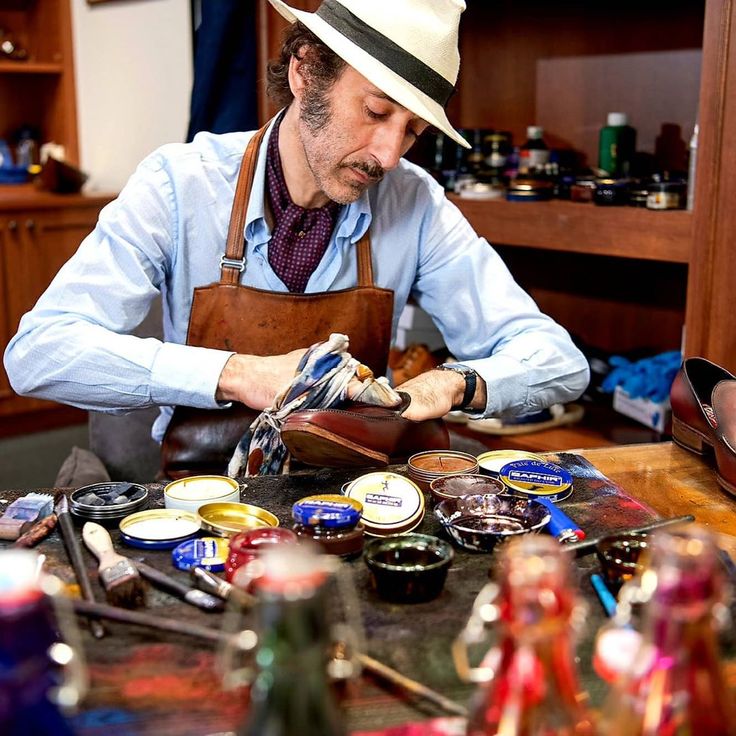
Shoe repairs involve fixing damaged or worn-out shoes, including tasks such as replacing soles, repairing seams, patching holes, and restoring the appearance of shoes. Shoemaking and repairs can be done by professional shoemakers or cobblers in dedicated workshops or shops, providing essential services to keep footwear in good condition and extend their lifespan.
Requirements
- Training: Learn shoemaking and repair techniques through apprenticeships, vocational courses, or self-study resources.
- Skills: Develop skills in patternmaking, cutting, stitching, and finishing for shoemaking, as well as repairing techniques such as sole replacement, stitching, and patching.
- Knowledge: Gain knowledge of different types of footwear construction, materials, and tools used in shoemaking and repairs.
- Equipment: Acquire necessary tools and equipment for shoemaking and repairs, including cutting tools, sewing machines, lasts, and finishing tools.
- Materials: Source high-quality materials such as leather, rubber, thread, and adhesives for shoemaking and repairs.
- Safety: Follow safety protocols and guidelines to prevent injuries and ensure a safe working environment.
15. BAKING
Baking is a cooking technique that involves using dry heat, typically in an oven, to cook food items such as bread, cakes, pastries, cookies, and pies. It’s a method of food preparation that transforms raw ingredients, such as flour, sugar, eggs, and butter, into finished baked goods through the application of heat.

Baking requires precise measurements, timing, and temperature control to achieve the desired results. It can be done at home for personal enjoyment or professionally in bakeries, restaurants, or other food service establishments.
Requirements
- Ingredients: Gather high-quality ingredients, such as flour, sugar, eggs, butter, and leavening agents like baking powder or yeast, according to your recipe.
- Recipe: Follow a tried-and-tested recipe or create your own, ensuring accurate measurements and understanding of instructions.
- Equipment: Have basic baking equipment on hand, including mixing bowls, measuring cups and spoons, an oven, baking pans, and utensils like spatulas and whisks.
- Knowledge: Understand baking principles such as ingredient functions, mixing techniques, and baking temperatures to achieve desired results.
- Techniques: Learn various baking techniques such as creaming, folding, kneading, and shaping dough or batter.
- Timing: Practice proper timing for mixing, proofing, and baking to ensure even cooking and optimal texture.
- Temperature Control: Maintain accurate oven temperatures and adjust as needed based on your recipe and desired outcome.
- Presentation: Pay attention to presentation by decorating and plating your baked goods attractively.
- Practice: Regularly practice baking to improve skills and experiment with different recipes and techniques.
- Safety: Follow food safety guidelines, including proper handwashing, hygiene, and safe handling of ingredients, to prevent foodborne illness.

 on
on 



